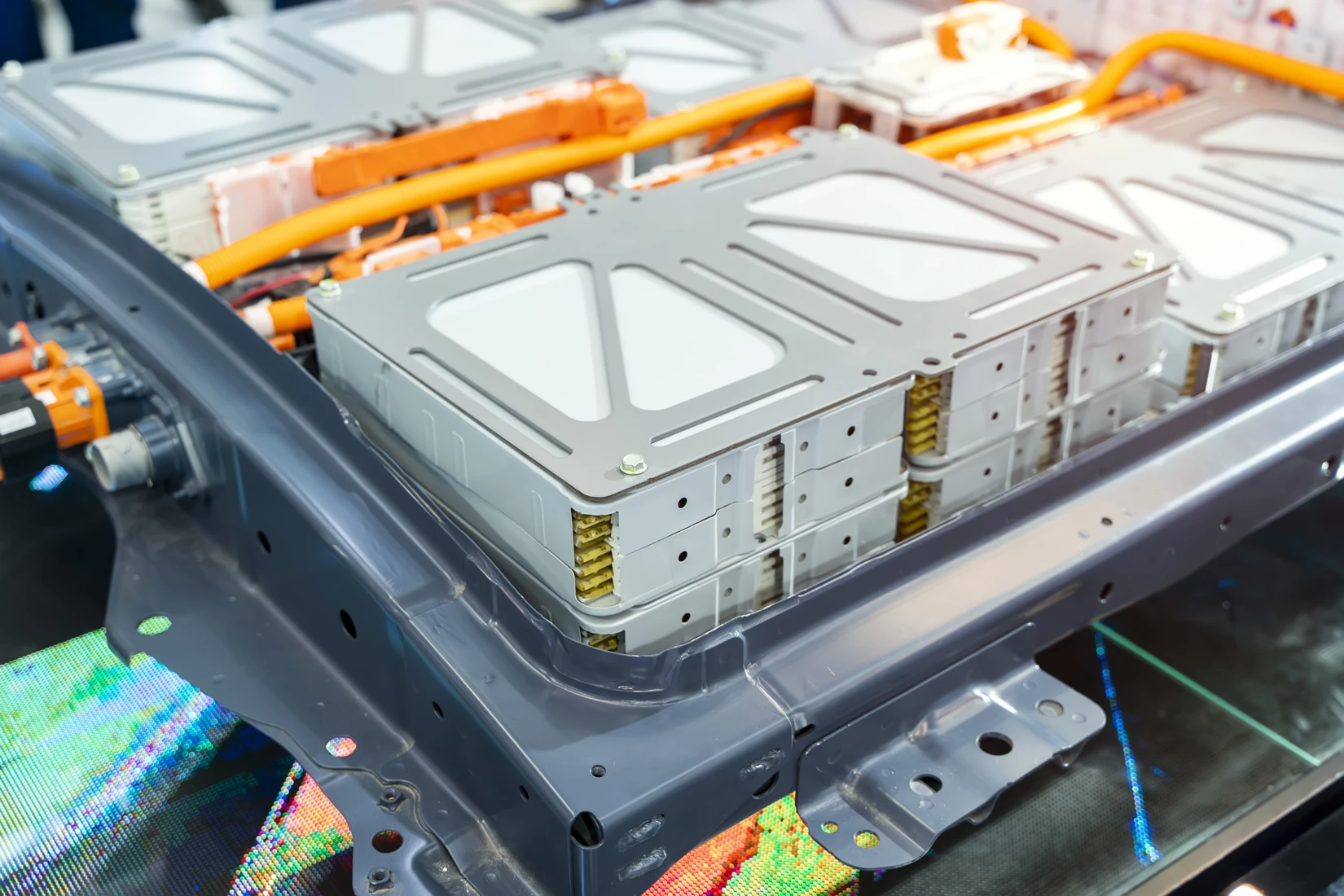
batteries
All-Solid-State Battery
Lastly, for the safety and longer lifetime of the lithium ion batteries, the study on all-solid batteries are currently being carried out.
All-solid-state batteries are batteries in which the electrolyte is solid. All-solid-state batteries don’t have a separate membrane, and solid-state electrolytes fill the space between the existing electrolyte and the membrane.
- Excellent safety
Because it has no explosion and ignition properties, the solid electrolyte does not have the risk of evaporation due to temperature change or leakage caused by external shock. Volume swelling does not occur, and it can normally operate under extreme external conditions such as heat and pressure. - High energy density
If the organic electrolyte is replaced with a solid electrolyte, a bipolar electrode in which a negative electrode and a positive electrode are combined on both sides of a current collector can be manufactured. - High output (fast discharge)
Unlike a liquid electrolyte, a desolvation reaction in which lithium ions are separated from a solvent is unnecessary. High output is expected as the charge/discharge reaction is reflected as the diffusion reaction of lithium ions in the solid. - Simple structure
There is no need for a separator. In the manufacturing process, a solid electrolyte in a slurry state is coated on the cathode active material. Various types of multilayered cells can be implemented through a continuous process without a liquid electrolyte injection process.
Mechanical grinding is commonly used method for synthesizing solid electrolytes. Through mechanical grinding, the solid electrolyte has a size of tens of μm. But when the particle size is large, the electrolyte layer of the all-solid-state batteries become thick. As the thickness of the electrolyte layer increases, the cell performance including the energy density of the cell can decreases. Therefore, it is important to reduce the particle size of the solid electrolyte to a size of several μm or less in order to reduce the thickness of the electrolyte layer. In these situations, bead mills such as Neos, Discus can provide a solution for adjusting the particle size of the solid electrolyte to the target particle size.
The top priority in solid electrolyte research is material research. Solid electrolytes can be divided into inorganic solid electrolytes such as sulfide and oxide electrolytes and organic solid electrolytes such as polymers.
The materials are heat-treated and sintered. Sintering is the process of heating the mixed raw material and making it into a thermosetting material. For heat treatment and sintering, it is important to understand the thermal properties of the batteries’ materials.
By doing a thermal analysis of materials, thermal behavior can be identified according to the composition of each material. For example, when the materials reacting with active gases such as O2 and H2, the properties of materials change. To avoid this phenomenon, there is a method of measuring thermal properties with TGA and DSC. The TGA analyzes the changes of mass under the inert gas atmospheres such as N2 and Ar in the Glove box. DSC analyzes the thermal properties of materials by preventing the active gas reaction by sealing with a high-pressure sample pan. In addition, the gas from thermal analysis can also be analyzed by coupling GC-MS or QMS to the TGA or STA. In addition, DIL or TMA can be utilized to evaluate the sintering of the material.